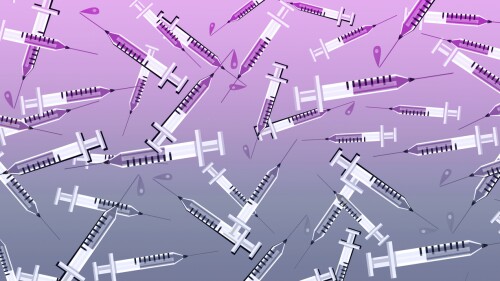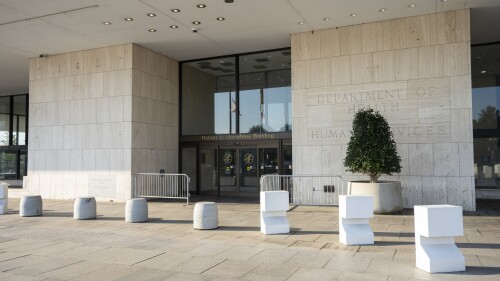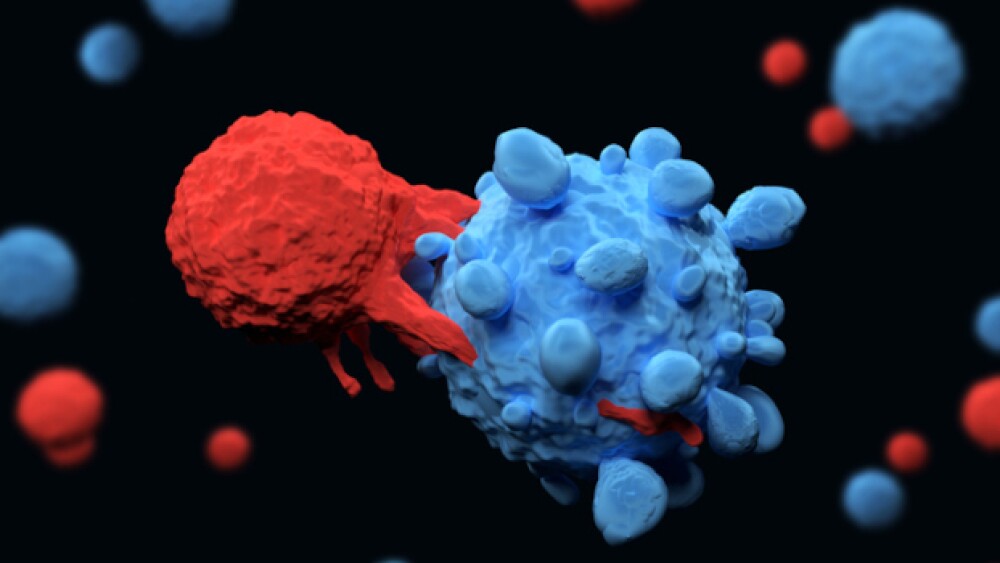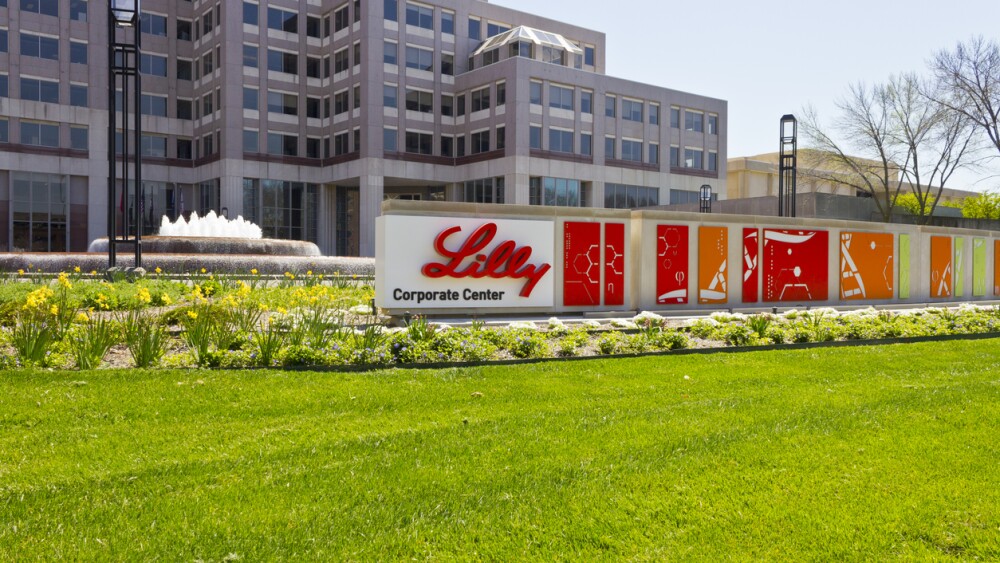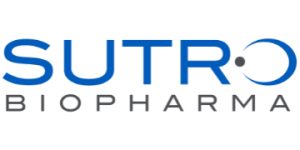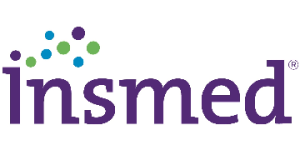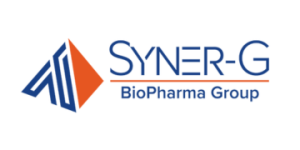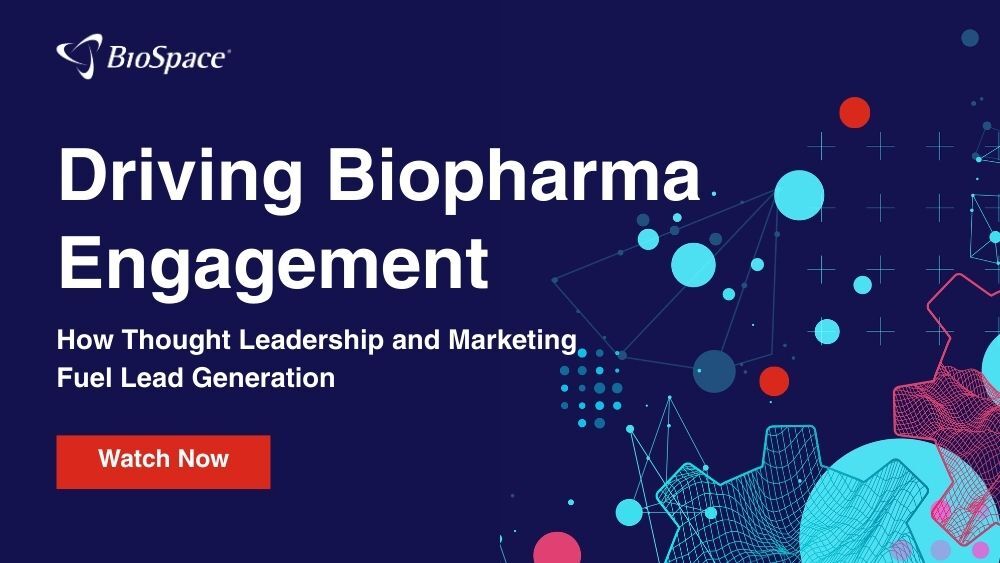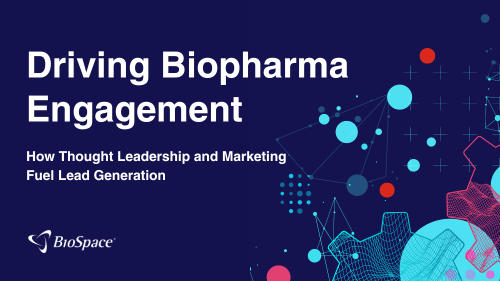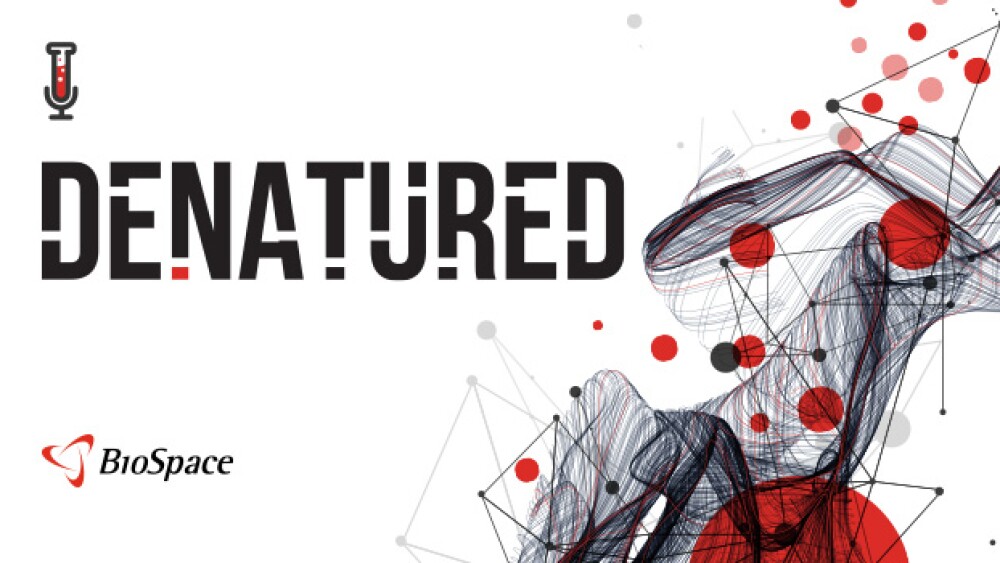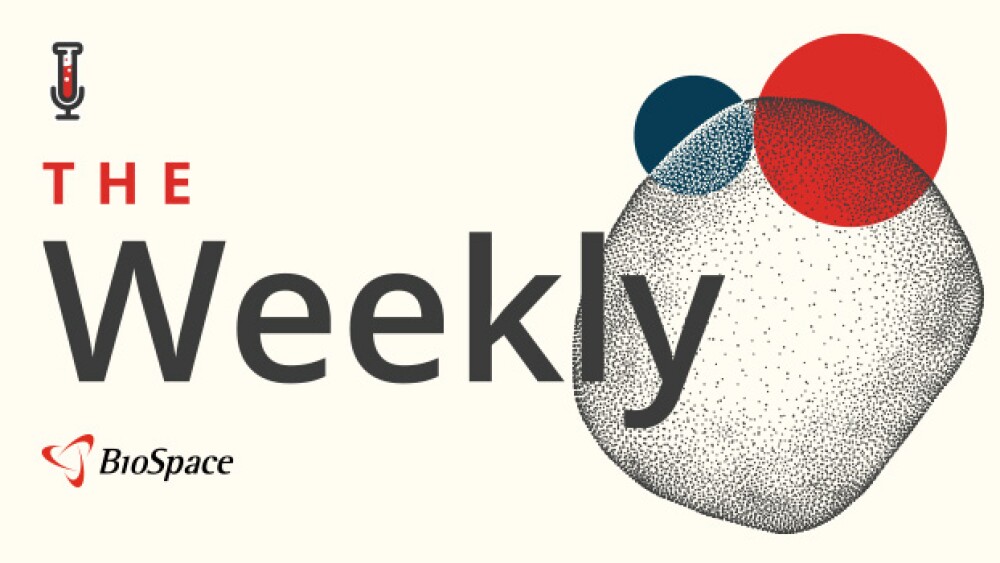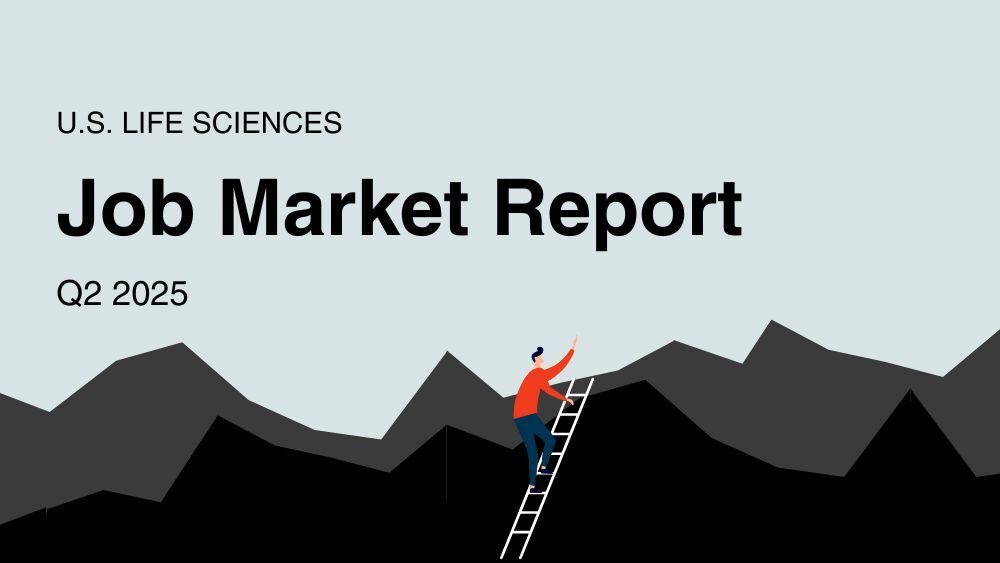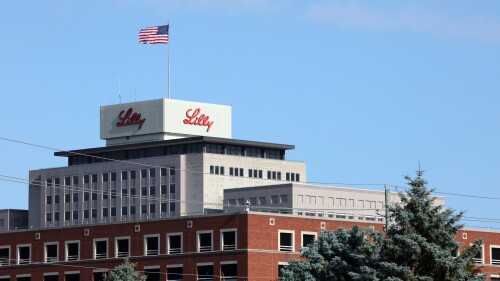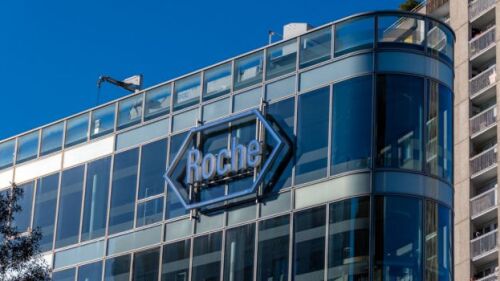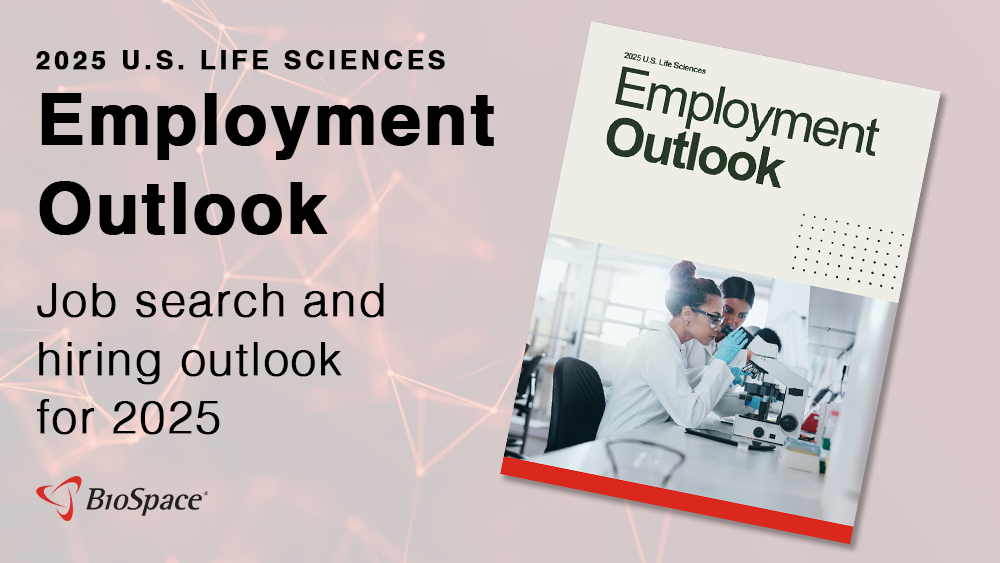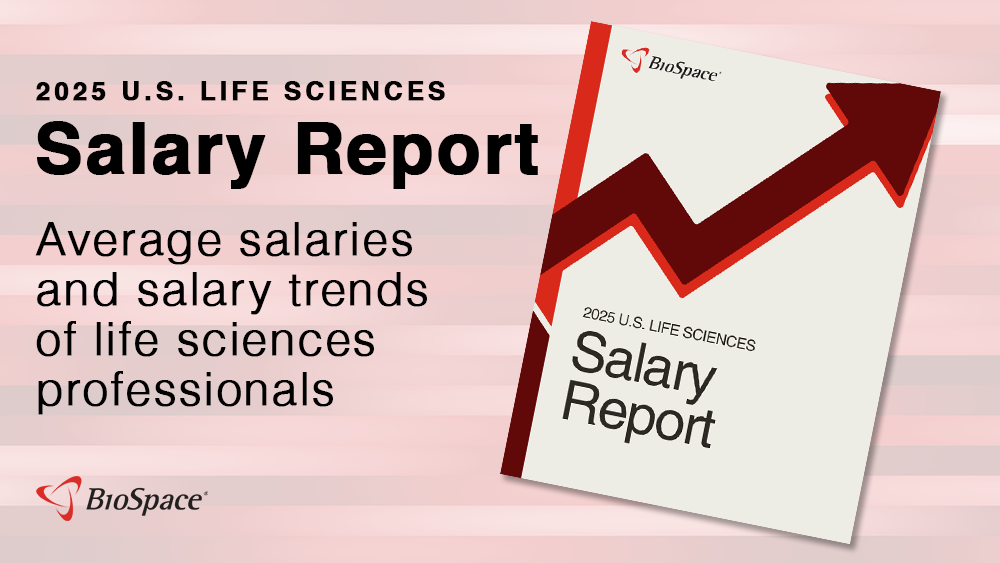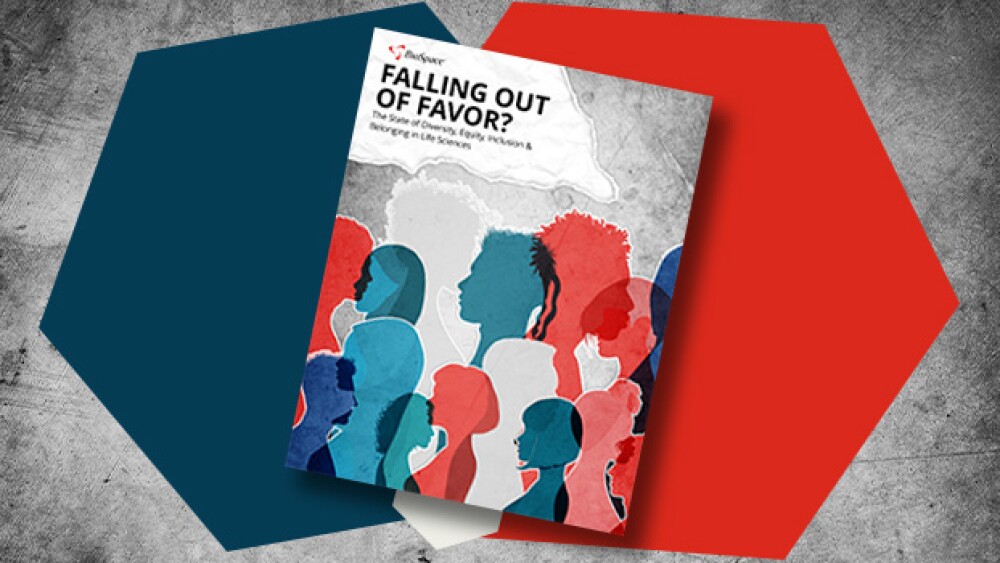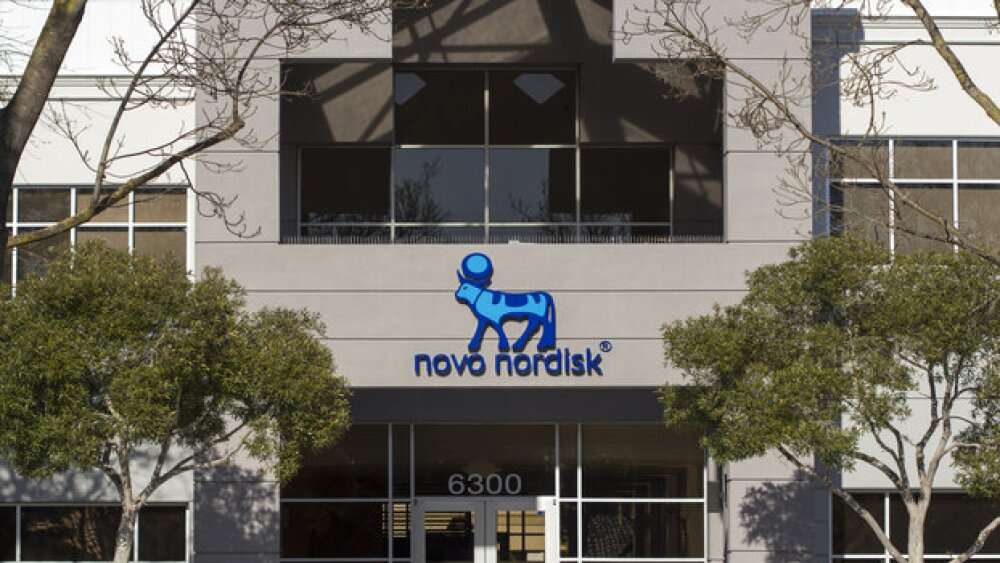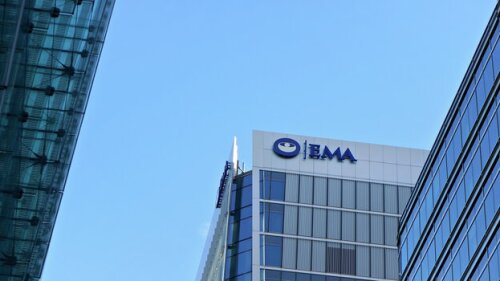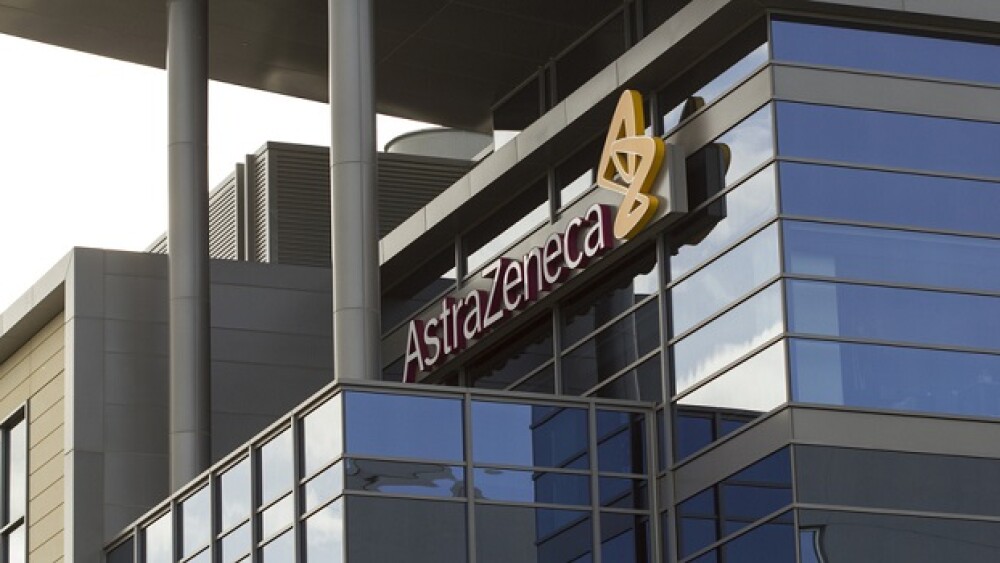Societies, including the American Academy of Pediatrics, allege that Kennedy’s directive to remove COVID-19 from vaccination guidelines for healthy pregnant women and healthy children puts these vulnerable groups at risk of serious illness.
A readout from the company’s SUMMIT trial put its small molecule bezuclastinib on a collision course with rival Blueprint’s Ayvakit, which Leerink analysts said does not sufficiently treat all patients.
The partnership will give Chugai access to Gero’s artificial intelligence technology to discover novel targets in aging-related diseases. Chugai will then develop antibody-based drugs based on the findings.
After a season of regulatory upheaval, obesity and rare genetic diseases will likely remain major themes for biopharma in 2025, according to Jefferies.
Ekterly’s road to approval was not a smooth one. Last month, the FDA informed KalVista it would not meet its PDUFA date due to resource constraints and reports surfaced that Commissioner Marty Makary tried to have the application rejected.
Despite rehiring hundreds of FDA, CDC and NIH employees, the Department of Health and Human Services is still a skeleton of its former self under Health Secretary Robert F. Kennedy Jr.
FEATURED STORIES
While some of the initial excitement around immunotherapies has waned, companies—particularly smaller biotechs—are developing newer iterations that will take cancer care to the next level.
Lilly CEO Dave Ricks in Wednesday’s third-quarter earnings call acknowledged that the company is at the mercy of wholesaler stocking decisions.
Big-name venture capital firms are raising billions again, though funding a small number of de-risked companies. Meanwhile, smaller VC firms are catching the less flashy companies they think could be future pillars of the sector.
BioSpace has been compiling a list of the most innovative and exciting biotechs for a decade. Here we take a look back at noteworthy companies from each of those lists.
While some analysts say Donald Trump is a wild card when it comes to drug pricing, many argue his presidency would be more positive for the industry overall, as Kamala Harris has her price-cutting sights squarely on Big Pharma.
As therapies for rare and neurological diseases earn accelerated approval, experts laud the program’s intent while remaining concerned about confirmatory trials and clinical efficacy, especially as products greenlit under this pathway are pulled from the market.
FROM BIOSPACE INSIGHTS
Establishing trust through thought leadership is no longer optional in today’s cautious biopharma market. This webinar will show leaders how strategic insights and targeted outreach can turn awareness into high-converting leads. Watch now.
LATEST PODCASTS
In this episode we dive into regulation, real-time management, and AI’s various applications and how it can streamline different processes with guests from Microsoft and IQVIA.
In this episode, hear from senior leaders at Microsoft and IQVIA to get their take on how generative AI is impacting productivity, employee engagement and how to mitigate risks.
This week we discuss ups and downs in the weight loss and ADC markets - including Altimmune, Pfizer setbacks, AbbVie’s ImmunoGen buy and more.
Job Trends
Emergent BioSolutions Inc. (NYSE: EBS) will host a conference call on Wednesday, May 1, 2024, at 5:00 pm eastern time to discuss the financial results for the first quarter 2024, key business updates, revenue guidance for the second quarter of 2024, and financial outlook for full year 2024. Conference Call Information Participants can access the conference call live via webcast.
Subscribe to Genepool
Subscribe to BioSpace’s flagship publication including top headlines, special editions and life sciences’ most important breaking news
SPECIAL EDITIONS
BioSpace did a deep dive into biopharma female executives who navigated difficult markets to lead their companies to high-value exits.
BioSpace data show biopharma professionals faced increased competition for fewer employment opportunities during the second quarter of 2025, with increased pressure from further layoffs.
BioSpace did a deep dive into executive pay, examining the highest compensation packages, pay ratios and golden parachutes—what a CEO would get paid to leave.
DEALS
-
Mergers and acquisitions are trending upward as Novo Nordisk, Gilead, and Johnson & Johnson kick off the year with big deals. AI and other scientific advances will likely be the focus of M&As yet to come.
-
Novo Nordisk seems to believe it can do a better job managing troubled Catalent than the contract manufacturer. However, the Danish drugmaker has its work cut out for it.
-
Claiming that Karuna Therapeutics’ board of directors withheld crucial information, a shareholder has filed a lawsuit seeking to block the $14 billion merger with Bristol Myers Squibb.
-
The neuroscience space saw a late push in merger and acquisition activity, while oncology start-ups reeled in the most venture capital funds. Industry leaders expect these trends to continue.
-
Analysts say Novo Holdings made the right decision last week in scooping up the CDMO to increase manufacturing capacity for Novo Nordisk’s diabetes and weight-loss drugs.
WEIGHT LOSS
-
Eli Lilly’s tirzepatide, which has previously been approved in China for diabetes, can now also be used for chronic weight management in the world’s second most populated country.
-
While type 2 diabetes and obesity are the primary conditions currently treated with blockbuster GLP-1 drugs, Novo Nordisk and Eli Lilly aim to enter additional markets.
-
With GLP-1 receptor agonists expected to dominate the weight loss market in the near term, several young companies are building on this mechanism, while others are taking a completely different approach.
-
After nixing a twice-daily version of its oral GLP-1 agonist, Pfizer is hoping to break into the weight-loss space with a once-daily version, but experts question its outlook.
-
Roche’s oral GLP-1 receptor agonist CT-996—obtained in the $2.7 billion acquisition of Carmot Therapeutics—reduced body weight by more than 6% at four weeks versus placebo in a Phase I trial.
POLICY
-
Other notable greenlights this year include Bristol Myers Squibb’s Cobenfy, the first novel therapeutic for schizophrenia in 35 years, and Madrigal Pharmaceuticals’ Rezdiffra, the first-ever treatment for MASH.
-
AbbVie’s blockbuster Humira held 105 patents, shielding the anti-inflammatory drug from biosimilar competition for more than 20 years. Proposed reforms could help prevent companies from extending exclusivity with such patent thickets.
-
Now that they’ve received the go-signal from both U.S. and EU anti-trust regulators, Novo Holdings and Catalent expect to wrap up their deal in the coming days.
-
A week after dining with Trump and his team at Mar-a-Lago, leaders at Pfizer and Eli Lilly have publicly stated that they intend to collaborate with the incoming administration on key issues affecting the pharma industry.
-
Former president and CEO of CytoDyn Nader Pourhassan along with Kazem Kazempour, former CEO of the CRO running CytoDyn’s trials, are awaiting sentencing but could face up to 20 years in prison for each count of securities and wire fraud and insider trading.
Depending on your master’s program of interest and your personal qualifications, you might need to take months (or years) to develop into the type of candidate that is admitted.
If you are certain that attending graduate school is the right move for you, it’s time to look into the specifics of various programs.
While continued learning opportunities are easy to access and many are quite affordable, the real question is, can you list these courses on your resume? And if you do so, what will recruiters in the biotech field think of them?
Some semblance of a work-life balance is already a challenge to maintain, but doing so when you’re working and living in the same space takes effort and one (or more!) of these strategies.
While you’ve likely answered many of these before, it never hurts to brush up on solid answers and think of new or recent anecdotes to illustrate your point.
How productive are you on a daily basis? The truth is, you probably don’t get as much done as you possibly can due to distractions. But, these productivity methods can help you for sure.
HOTBEDS
REPORTS
In this Employment Outlook report, BioSpace explores current workforce sentiment, job activity trends and the prospective job and hiring outlook for 2025, particularly as it compares to the previous year.
BioSpace’s third report on diversity, equity, inclusion and belonging in life sciences examines dramatic shifts in attitude around diversity initiatives.
CANCER
-
Sales of Johnson & Johnson’s oncology drugs jumped nearly 19% in the third quarter, driven by cancer treatment Darzalex which brought in more than $3 billion.
-
The FDA is looking at four events for the remainder of October, one of which is an advisory committee meeting for a dual SGLT inhibitor for use alongside insulin in type 1 diabetes and chronic kidney disease.
-
Since its inception in 1992, the FDA’s accelerated approval pathway has helped shepherd nearly 300 new drugs to the market. However, recent years have seen a number of high-profile market withdrawals and failed confirmatory trials.
-
As companies roll out data showing the power and improved safety profile of antibodies that target two antigens, analysts say the class could overtake monoclonal antibody Keytruda as the “immunotherapy backbone” of solid tumor treatment.
-
With the regulatory approval for advanced breast cancer, Roche’s inavolisib is a potential challenger to Novartis’ PI3K inhibitor Piqray, which last year generated $505 million in revenue.
NEUROSCIENCE
-
Cognitive function in the liraglutide cohort declined 18% slower than in the placebo arm over one year of treatment, researchers announced Tuesday at the Alzheimer’s Association International Conference.
-
The European Medicines Agency’s Committee for Medicinal Products for Human Use found that Leqembi’s benefits do not outweigh the risks of severe side effects associated with the treatment.
-
Biogen and Sage Therapeutics’ investigational neuroactive steroid did not significantly improve upper limb tremors in patients with essential tremor, the companies announced Wednesday.
-
While supportive of Amylyx’s acquisition of a GLP-1 drug, analysts say the company’s future hinges on key upcoming readouts from multiple products in its pipeline.
-
After a long and challenging journey for its stem cell therapy NurOwn, BrainStorm Cell Therapeutics has aligned with the FDA on the parameters of a Phase IIIb ALS trial that is expected to begin by the end of 2024.
CELL AND GENE THERAPY
-
Cell and gene therapy company Cellectis announced Monday it has completed a $140 million investment from AstraZeneca that extends the biotech’s cash runway into 2026.
-
Jeffrey Chamberlain, president of the American Society of Gene & Cell Therapy, spoke with BioSpace about what we can expect to learn about in Baltimore this week.
-
Adeno-associated viruses have long been go-to vectors for gene therapies. How AAVs are improving will be among the cell and gene therapy topics to be covered in Baltimore this week.
-
Follow News Editor Greg Slabodkin and Managing Editor Jef Akst as they travel with some 8,000 others for discussions of cell and gene therapy advances, challenges, regulations and more.
-
Ahead of the FDA’s June target action date for Sarepta’s Duchenne muscular dystrophy gene therapy, ICER Chief Medical Officer David Rind blasted the regulator’s accelerated pathway in a JAMA viewpoint article.



